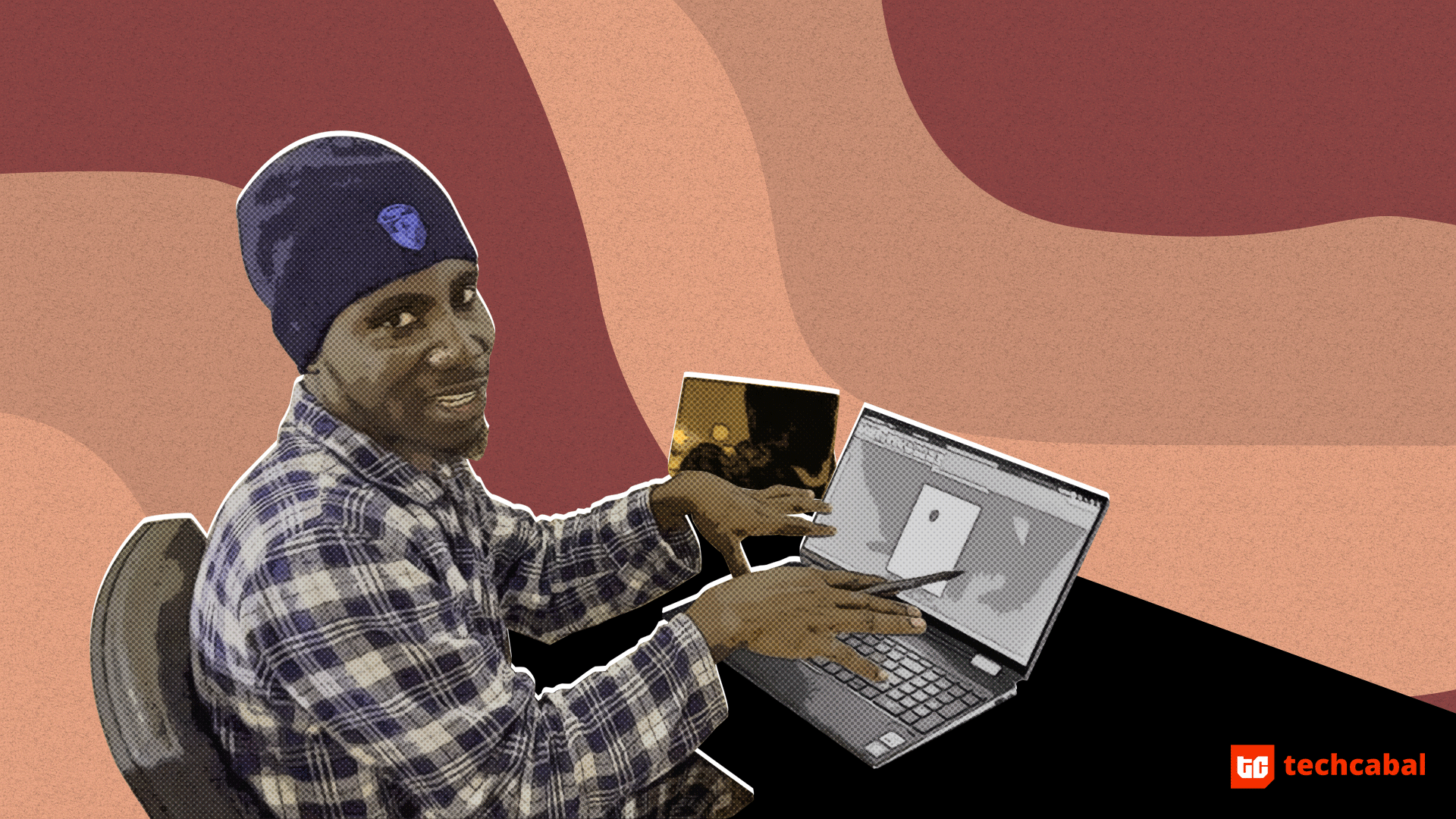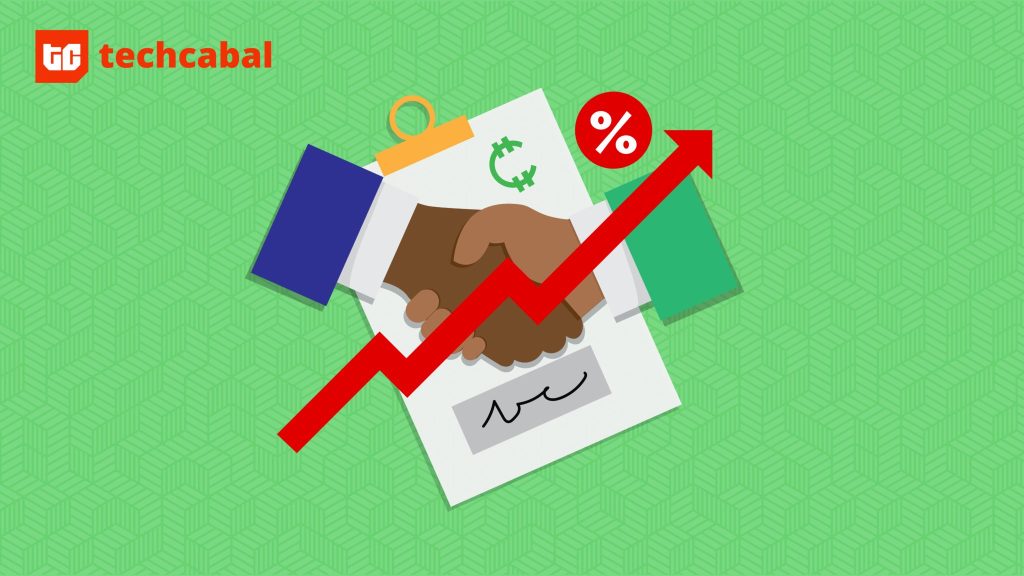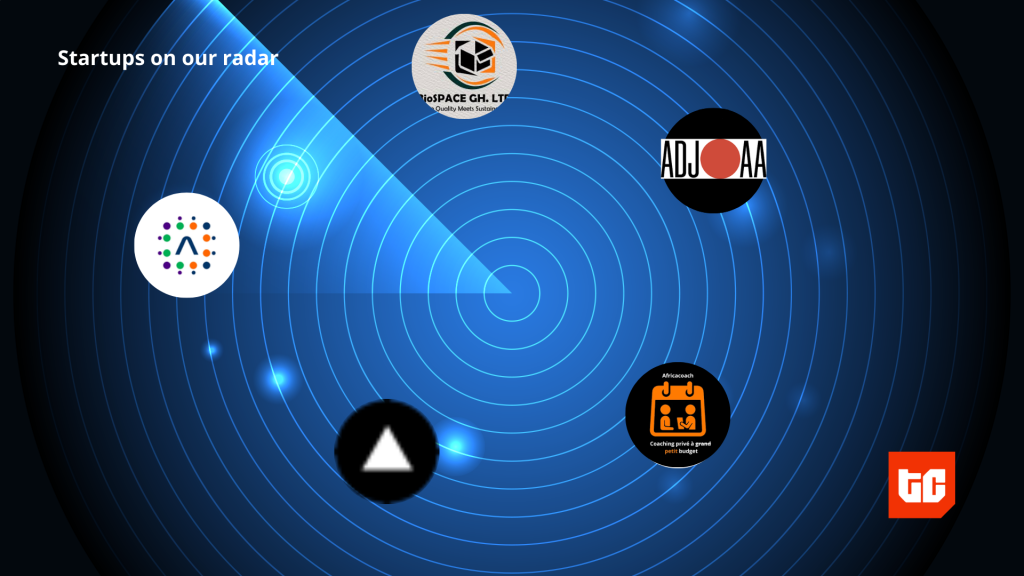He may not be Beeple, but Osinachi has sold $75,000 worth of crypto art in the last ten days. What’s his sauce?
–
Jacon Osinachi remembers the thrill of teaching himself to design the logo of the Nigeria Television Authority (NTA) on Microsoft Word.
As an aspiring writer, he would go to cyber cafes to write poems and short stories. Typing manuscripts for long periods caused boredom, so he would play around with the software’s drawing tools.
This was around 2005 in Aba, a rough-and-tumble city in southeastern Nigeria where he was born and raised.
More than fifteen years later, those experiments are yielding a global reputation, foreign currency earnings and a comfortable life. Osinachi now draws more complex things on Microsoft Word, this time within the ambience of his 20-by-20ft bedroom in a duplex in Lagos.
Apart from the rechargeable pencils he uses on his touchscreen HP laptop, Osinachi doesn’t need special equipment or plugins to draw.
He typically begins at 9 am and finishes each piece in a day. There is a guitar by his wooden table, to provide intermittent relaxation. Behind the table is a massive bed and teddy bear, for when he needs to rest his back.
After drawing, he converts the Word document to a pdf file, then to a jpeg or png image.
He publishes the image on websites where buyers bid in Ether, the cryptocurrency second to Bitcoin in popularity, for the privilege of owning an Osinachi. That makes the 29-year-old one of Nigeria’s and Africa’s leading lights in the current wave of crypto art and Non-Fungible Tokens (NFTs).
* * *
NFTs are unique digital items – images, music, videos, tweets, works of journalism, real estate – traded on the internet between creators and collectors.
In the case of art, a creator uploads the image on websites like Nifty Gateway, SuperRare, OpenSea (which has received venture capital investment from Andreessen Horowitz) or similar marketplaces.
Through a process called minting, the blockchain technology which powers the marketplace assigns a unique identity (a digital token) to the art and creates a contract that cannot be changed by anyone.
Depending on the platform, creators can decide to mint only one edition of the art or a number of limited editions. One artwork can be minted in different states – as still images, as animations, as silhouettes. Whatever the case, each edition is a unique NFT.
With the art minted, anyone on the internet can access the marketplace to place a bid and buy the art as an NFT. Secondary sales are another source of income. Artists get paid when those who bought their art sell it to other collectors.
Last Sunday, Osinachi’s Mirror Mirror and Am I Pretty sold on SuperRare for 9 ETH and 13.2 ETH respectively – $16,227 and $23,633 as at when the bids ended. The most expensive yet? This sold nine days ago (also on SuperRare) for 20 ETH which was $35,919.
The global NFT market has taken off at an alarming rate. Last week, an artist known as Beeple sold an NFT for $69 million. CryptoPunks, which are basically pixelated icons, are selling for up to $1 million.
A plot of land on Decentraland (one of a handful of virtual real estate realms called metaverses) costs up to $80,000.
Much of this unreal (or surreal, depending on your ontological persuasion) world is transpiring in developed countries. NFTs are not cheap, and so the wave is highest where individuals are rich enough to splurge ridiculous amounts on virtual art.
But creators like Osinachi show that Africa can take advantage of this emerging technology. For those willing to dive into the rabbit hole, NFTs present new wells of financial independence and global influence to be tapped.
* * *
Sometime in the second half of 2016, after completing Nigeria’s compulsory national service scheme and not finding work, Osinachi started emailing art galleries for a chance to display his drawings. Most responses were disheartening, except one.
ARTOJA, an online art marketplace, put Osinachi’s portfolio on their website. Sales trickled in and the young artist felt some validation. But it was not enough to live off art alone.
So he returned to the South East for a job at the University of Nigeria Nsukka (where he graduated) as an academic librarian, teaching and grading assignments by day and drawing after dusk.
Osinachi set up Google alerts to receive articles on crypto art and visual art. This was late 2017 when blockchain-enabled marketplaces for selling digital art just began to emerge.
“I didn’t even fully understand the space before I went into it,” he tells me, noting that he was not and still isn’t sucked into bitcoin or cryptocurrency fandom.
It would take two more years for Osinachi to get familiar with the dynamics of selling his art as NFT, just in time for the 2020 pandemic to accelerate the industry.
As galleries and art conferences suspended in-person meets, collectors moved online to feed their fantasies, thereby fueling unprecedented demand for digital art.
You can enjoy the saved version, sure. But in a crypto world, I can do so much more. You can buy a print of the Mona Lisa and pin it on your living room wall. But you can’t auction that printed piece.”
NFT collector
Michael Ugwu, who runs a Lagos-based music distribution company, became an ardent NFT collector last July. To him, the crypto art trend is an inevitable progression in tech disruption following Uber’s and AirBnB’s effects on transportation and hospitality.
Ugwu bought his first crypto art from IzzyAlright, an American artist, for the ETH equivalent of $1,000. Since then, he’s accumulated a portfolio directly from artists and from secondary sellers.
Why does Ugwu collect?
“It’s like owning an early Monet but in the crypto space,” he tells me. “If crypto goes far, these early [artists] will be historic.”
A lot of Ugwu’s early purchases have shot up in value as the reputation of the creators grow. One edition of a Fewocious he bought is currently on the market for $180,000; will he sell his?
“It’s a long term investment and will be part of early NFT history, so no. But if I need to I will.”
I tell him that I have just right-clicked and saved his “one of 10” Fewocious piece from Nifty Gateway; why does he pay a ton of money for something so easy to save on a computer?
“You can enjoy the saved version, sure. But in a crypto world, I can do so much more. You can buy a print of the Mona Lisa and pin it on your living room wall. But you can’t auction that printed piece.”
* * *
He will rather take the risk now than stay on the sidelines – even if he fails in future.
The lesson from the Bitcoin doubt of the last decade is that it is better to be in the bubble when the barrier to entry is low than to be outside. And Ugwu is convinced that Africans need to get on the NFT train right now.
A piece by Osinachi is the only African NFT in his collection. That’s partly because it’s a better investment to buy the works of Western artists at the moment.
But he has met with Osinachi and both hope to collaborate on how best to spread the NFT wave across Africa. If NFT is the future of monetization for creators and of cryptocurrency adoption, African creators and investors should be involved in defining standards and terms of engagement.
Osinachi’s art sold for under 1ETH in December 2019, when the peak USD exchange rate was about $150 per ETH.
Today, he sells in tens of ETHs with the cryptocurrency exchanging for thousands of dollars, enough to refer to himself as Africa’s foremost cryptoartist.
The former librarian has come a long way, from designing logos in a remote town to selling his artworks to global audiences. He is one of over 50 artists whose works have been curated and exhibited at digital fairs by Kate Vass Galerie, a studio in Switzerland.
A representative of the studio says Kate Vass, the studio’s proprietor, found Osinachi on Instagram and became interested in working with him.
His “talent, dedication and charisma obviously leave no doubt” that he would be a successful artist and reflects the “potential that the NFT space can bring to African artists particularly.”
Aspiring African NFT artists have some challenges. For one, the fees required to mint on most platforms (called gas fees) have risen sharply over the last couple of months, from under $50 to over $200, Osinachi says. Restrictions on formal crypto trading in Nigeria complicate the process of buying Ether.
Osinachi is also worried about how the market at this time is skewed to Western flavours and dictates. He wants more variety in the mix of creators and investors. The money has been good, but for the librarian in him, a major priority remains the simple sharing of human experiences through art.











